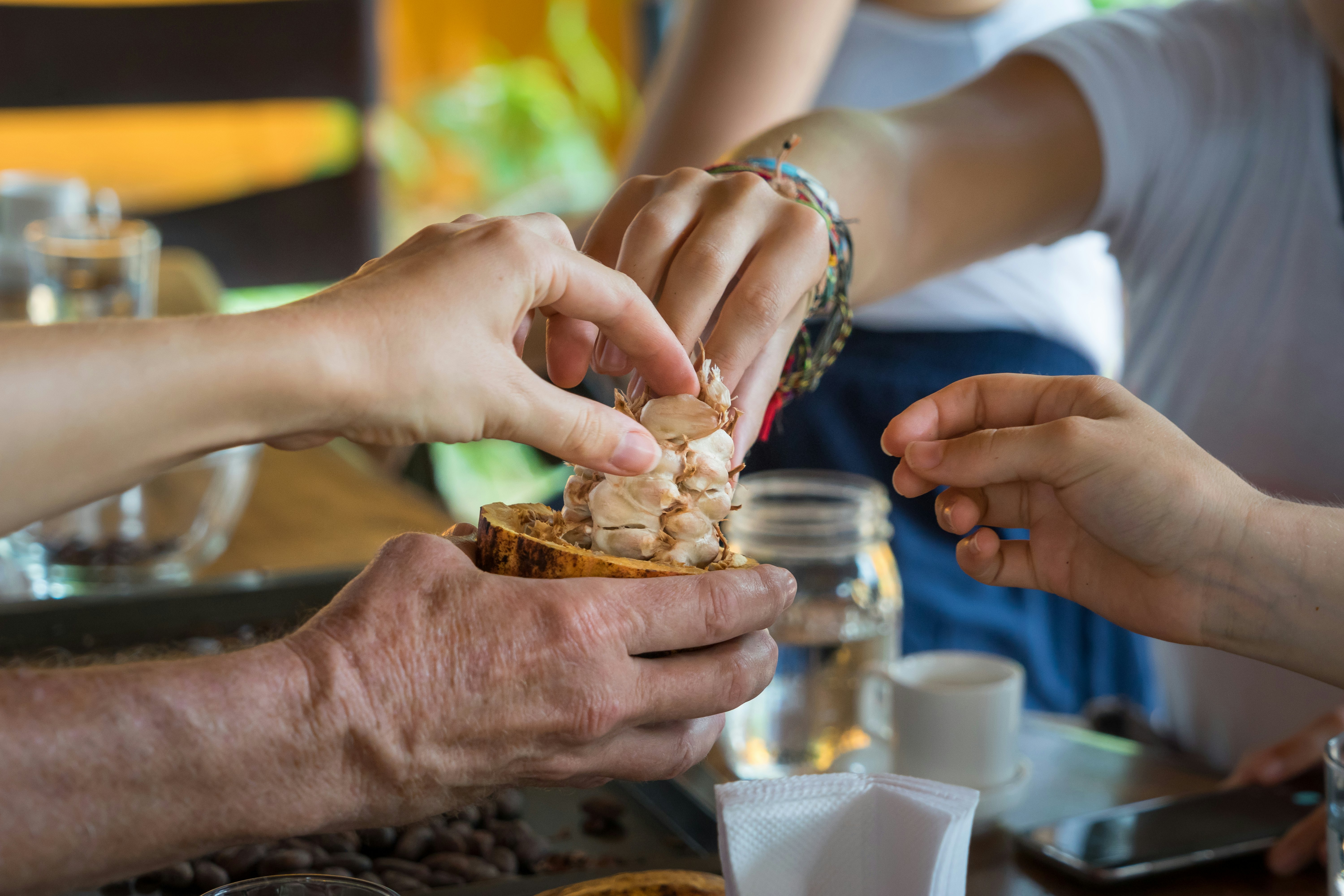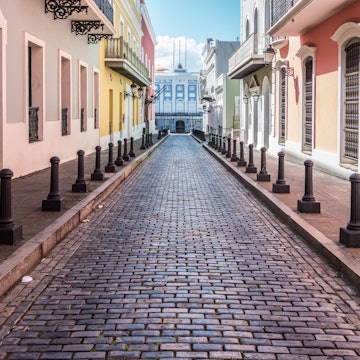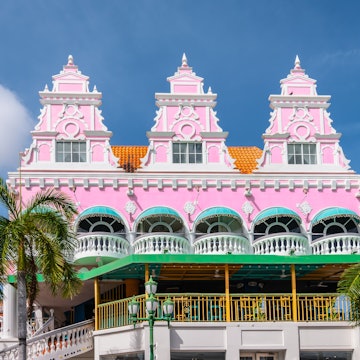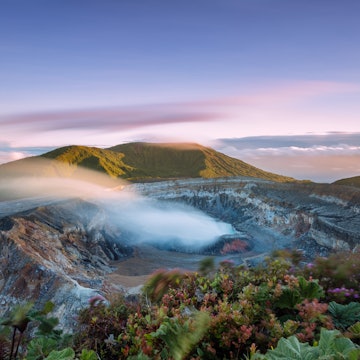

The cacao fruit is central to the chocolate-making process © Lola Méndez / Lonely Planet
The origins of cacao can be traced back to Latin America when the plant was used to make fermented chocolate beverages dating back to 450 BCE.
Thousands of years of chocolate consumption make Latin America and the Caribbean the ideal region for chocolate tours.
In celebration of World Chocolate Day on July 7, 2022, we've got the best places to satisfy your sweet tooth.

Why cacao is specific to Latin America and the Caribbean
The cacao fruit is transformed into one of the world’s most beloved sweets. The mighty cacao tree grows naturally at 20 degrees above and below the equator. For centuries, cacao has had spiritual importance to many Indigenous groups in Latin America and the Caribbean, making chocolate tours not only delicious but also educational.
The best Caribbean islands: a quick, easy guide to finding your paradise

Discover BriBri artesanal traditions, Costa Rica
The Indigenous BriBri people of the northern region of Costa Rica have been cultivating cacao for over 400 years. You can learn about the superfood and its rich history at the Artesanal Bean to Bar Cooking Class at Talamanca Chocolate in Puerto Viejo.
The family-operated organic cacao farm is located in lush botanical food gardens. For three decades, the farm, which is foreign-owned but employs mostly BriBri people has been crafting award-winning chocolate.
Get your hands dirty in the best possible way by partaking in the hands-on three-hour cacao experience where you’ll be introduced to BriBri traditions and folklore. Visitors will learn every step in the chocolate-making process from growing cacao trees, roasting cacao nibs, to molding chocolate bars. What makes this chocolate tour unique compared to others in Latin America is that every aspect of the chocolate-making process is done by hand including using cast iron hand mills to grind the beans.
The top national parks in Costa Rica for hiking, volcanoes, wildlife and more

Those with dietary restrictions can rest easy. All Talamanca Chocolate is gluten-free and vegan. Chocolate makers at Talamanca Chocolate often experiment with new flavors such as white chocolate with turmeric.
Sometimes chocolate makers place crystals in the concoction during the tempering process as they believe the crystals can infuse their energy into the sweets and harness the healing properties of the stones.
Classes, which run Monday, Wednesday and Fridays, can be booked in advance on the Talamanca Chocolate website. Prices start at $32USD.
Costa Rica’s 7 most unique places to stay include tropical igloos and tree houses

Take a walking tour through organic cacao trees, Belize
It’s widely speculated that ancient Mesoamerican people were the first to consume cacao although others believe cacao was first cultivated in the Amazon rainforest. Chocolate can be traced back to 1000 BCE as a part of the culture of the early Mayan people of Belize.
High-quality cacao was reserved for Mayan priests while other lower-grade cacao was used as currency. Chocolate was used during sacred ceremonies and also as a health elixir. Today, you can experience the tasty history of chocolate in Belize at the Copal Tree Lodge Bean to Bar Class.
The intimate tour starts with a stroll through the organic cacao trees and a demonstration on how grafts are used to create high-quality chocolate. Surrounding the cacao plantation are other trees and herbs that provide an array of flavors such as coffee, vanilla, cardamom, cinnamon and allspice.
Be prepared to taste test along the way and don’t miss the chance to open a cacao pod and eat the fresh tangy pulp of the fruit. It tastes nothing like the final chocolate product.
In the chocolate-making facility, you’ll make your very own bar of chocolate from scratch including roasting, winnowing and conching using state-of-the-art equipment and granite surfaces.
The process combines machinery and traditional chocolate-making methods, like using a volcanic metate for hand tempering the batch and grinding before molding the bars. Throughout the experience, you’ll be able to sample the chocolate to see how various steps change the aspects of the cacao. This luxurious chocolate tour is seriously finger-licking good.
Copal Tree's class is $70. Guests can book in advance by contacting the concierge or once they arrive on the property. Non-guests can attend the class but should book at least a day in advance.
Why I traveled to the rainforests of Belize to learn about medicinal plants

Visit a road-side local operation in Pointe Baptiste, Dominica
This small-scale cacao plantation is worth a visit as it’s the best place in Dominica to purchase locally-made chocolate. Simply ask for a tour when you arrive and you’ll be shown the unique way the family team of chocolate makers process cacao at Pointe Baptiste.
The estate has been producing chocolate for a decade to fill a chocolate void on the island. Pointe Baptiste creates about 500 bars a week and doesn’t do much exporting so this roadside operation may be your only chance to taste this fine chocolate.
Everything is done in-house from natural fermentation, sun-drying cocoa beans and processing the decadent chocolate bars in a snug basement warehouse where machine stations are set up to roast, grind and refine the dried cocoa beans.
There’s no cost for the tour, but after you’re shown the stages of the chocolate-making process you’ll surely want to purchase a few bars of their unique flavors which mostly use local ingredients like sea salt.
Tick off the great hikes of Dominica with this new hiking passport














